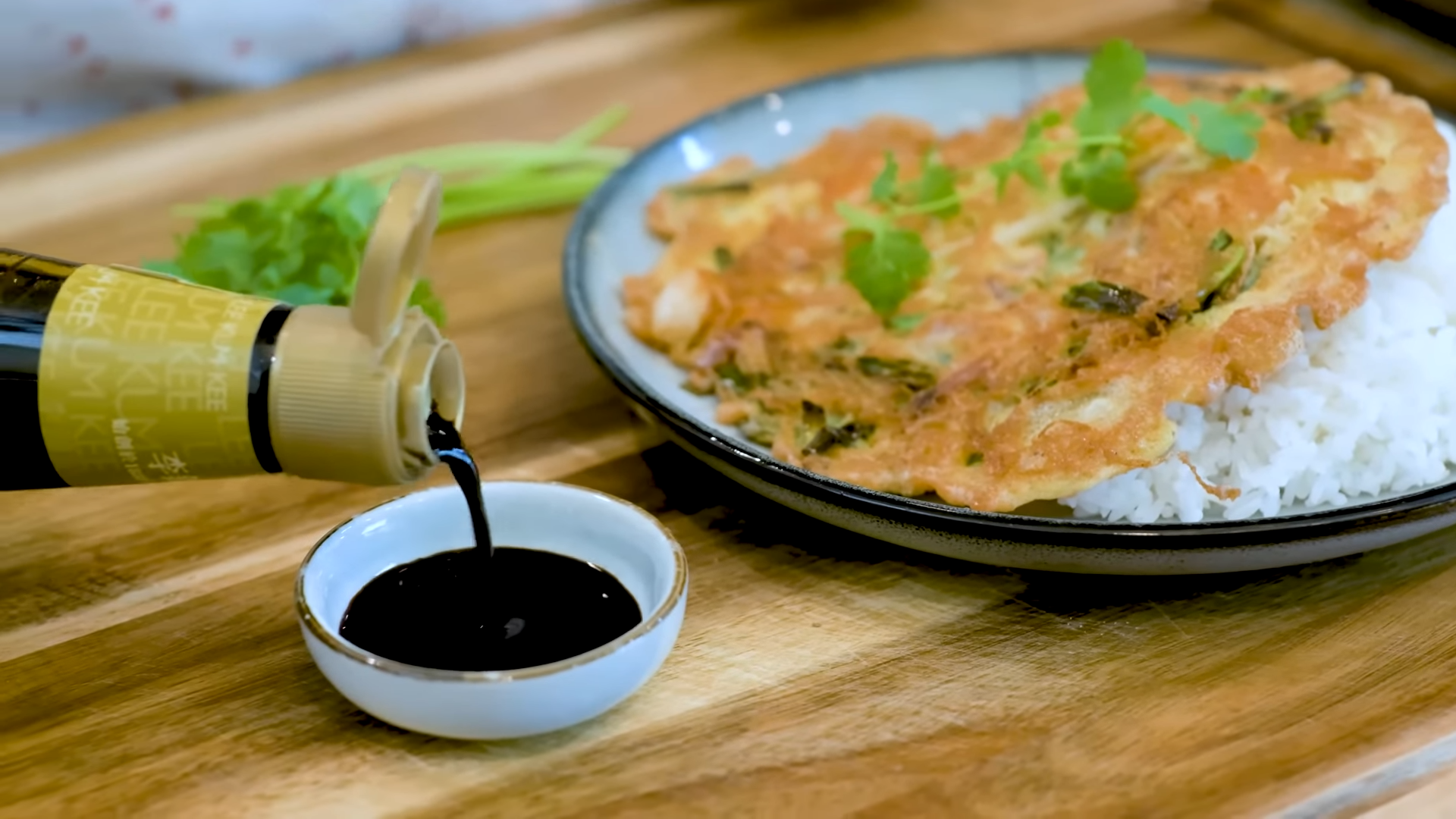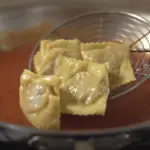Embark on a culinary journey to rediscover the timeless charm of Egg Fu Yung, a classic Chinese dish that combines the delicate flavors of eggs, vegetables, and savory meats. In this article, we’ll delve into the art of crafting Egg Fu Yung—a dish that holds a special place in the heart of Asian cuisine. Get ready to savor the comforting textures and harmonious tastes of this beloved classic.
Egg Fu Yung, also spelled Egg Foo Young or Egg Foo Yung, has its roots in Chinese cuisine and has become a beloved dish worldwide. Comprising a fluffy egg omelet filled with a medley of vegetables, meats, and sometimes seafood, it’s a dish that beautifully blends simplicity with exquisite taste.
Ingredients: Creating the Symphony of Egg Fu Yung
For the Omelet:
- 4 large eggs
- 1/4 cup cornstarch
- 1/4 cup water
- Salt and white pepper to taste
- 2 tablespoons vegetable oil
For the Filling:
- 1 cup cooked and diced chicken, shrimp, or a combination
- 1/2 cup bean sprouts
- 1/2 cup shredded cabbage
- 1/4 cup diced mushrooms
- 2 green onions, finely chopped
- 1/4 cup chopped water chestnuts (optional)
For the Sauce:
- 1 cup chicken or vegetable broth
- 2 tablespoons soy sauce
- 1 tablespoon oyster sauce
- 1 teaspoon sugar
- 1 tablespoon cornstarch (for thickening)
Optional Garnishes:
- Chopped green onions
- Sesame seeds
Step-by-Step Guide: Crafting the Perfect Egg Fu Yung
1. Whisk the Eggs:
In a bowl, whisk together eggs, cornstarch, water, salt, and white pepper until well combined. This forms the base for your omelet.
2. Prepare the Filling:
- In a separate bowl, mix together the diced chicken, bean sprouts, shredded cabbage, diced mushrooms, green onions, and water chestnuts.
3. Combine Eggs and Filling:
Gently fold the prepared filling into the egg mixture, ensuring an even distribution of ingredients.
4. Cook the Omelet:
- Heat vegetable oil in a skillet or wok over medium heat. Pour a portion of the egg and filling mixture into the hot oil, forming a round omelet. Cook until the edges set and the bottom is golden brown.
5. Flip and Cook:
- Carefully flip the omelet using a spatula and cook the other side until golden brown and the eggs are fully cooked through.
6. Repeat:
- Repeat the process with the remaining egg mixture, creating individual omelets.
7. Prepare the Sauce:
- In a small saucepan, combine chicken or vegetable broth, soy sauce, oyster sauce, and sugar. Bring to a simmer.
8. Thicken the Sauce:
- In a separate bowl, mix cornstarch with a little water to create a slurry. Add the slurry to the simmering sauce, stirring continuously until the sauce thickens.
9. Serve and Garnish:
- Spoon the sauce over the Egg Fu Yung and garnish with chopped green onions and sesame seeds if desired.
Tips for Perfect Egg Fu Yung: Mastering the Art
- Vegetarian Version: For a vegetarian twist, omit the meat and add extra vegetables or tofu.
- Consistent Size: Keep the size of your omelets consistent for even cooking.
- Customize the Filling: Experiment with different proteins and vegetables based on your preferences.
- Sauce Adjustments: Adjust the soy sauce and sugar in the sauce to achieve the perfect balance of saltiness and sweetness.
- Serve Immediately: Egg Fu Yung is best enjoyed fresh, so serve it immediately after cooking.
In conclusion, Egg Fu Yung is a culinary symphony that celebrates the art of combining eggs, vegetables, and meats in a delightful harmony of flavors. Whether enjoyed as a comforting home-cooked meal or a star dish at your favorite Chinese restaurant, Egg Fu Yung is a classic that transcends cultural boundaries. So, embrace the tradition, gather your ingredients, and savor the rich textures and tastes of this Asian classic—an experience that continues to captivate taste buds across the globe.



